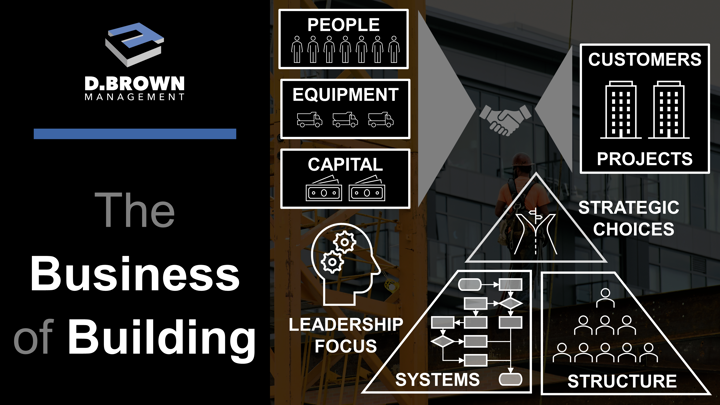YouTube | Spotify | Apple | Audible
This is a series of training, discussions, and resources that apply to contractors at all stages of growth. These include the what, how, and why levels of training and resources. We will cover most aspects of growing a contractor's business. The discussions include real-world examples of application and outcomes, both good and bad.
- Stages of Construction Contractor Growth (Intro)
- The Construction Contractor Business Model (Intro)
- The Talent Value Stream (TVS)
- Job Role Transitions (Intro)
- Prioritization Basics
- Job Role Description Basics
- Strategic Decisions at all Levels
- Scoreboards and Scorecards (Intro)
- Building Strength-Based Teams (Intro)
- Management Systems (10 Principles)

